Don’t judge The Last of Us Part 2 by its leaked story details
The Last of Us Part 2 has been spoiled. Huge plot details are all over the internet, laying out the end of the game, the setup, and the fate of characters.
Accompanying these leaks are dozens of people saying they are no longer interested in Naughty Dog’s sequel. It’s like judging Mad Max: Fury Road on its Wikipedia plot summary. Hell, even The Hobbit was subtitled “There and Back Again” because that’s what the story is: a guy goes somewhere and returns home.
Spoilers for the original The Last of Us and every game with a bolded title follow.
The Last of Us was about a world ravaged by a virus. The story followed a guy called Joel as he attempted to ferry Ellie - a young girl immune to the virus - to an institution so she could be analysed to manufacture a cure. When they arrive, Joel has a change of heart and frees her from the operating table, killing the surgeons. That’s it. That’s the story.
What made The Last of Us so memorable was how we got there - the journey contextualises the destination. The magic of that game was in the performances, the character growth, and the script. There’s no reason to believe Naughty Dog won’t manage that all over again - especially since the main cast are reprising their roles.
Let’s take a look at the plot synopsis of a bunch of beloved games and see how they sound when they’re missing that important context:
Gone Home
“A woman returns home to find her sister ran away to be with her partner, who her homophobic parents didn’t approve of.”
Gone Home works because it’s about piecing together that story by picking through the lives of the protagonist’s family members. You rifle through their belongings and find notes. The setting is like a time machine, taking the player back to the mid ‘90s - this house is as much a character as the characters themselves. Then there’s the fact it purposely riffs off the first-person horror games that were so popular at the time, causing the player to believe they’re playing one thing before surprising them with a grounded, human love story.
Mass Effect 2
“Commander Shepard dies and is brought back to life by a mysterious organisation. In return for his resurrection, he heads off on a mission for them to find out about the Collectors, a species of insectoid aliens who are working for genocidal machines called Reapers. He gets a crew together, then they attack the Collector base where they fight a giant, humanoid robot.”
Mass Effect 2 is literally about gathering a crew together before heading off onto a mission where the odds are stacked against you. While the concept of a suicide mission where all of your friends can die is a nice novelty, it’s the journey with those friends that lends it impact. Without that, you wouldn’t care who lives or dies. It’s the moments in-between - where you figure out your squadmates, earmark your favourites, and complete personal missions for them - that make the story memorable and poignant.
Life is Strange 2
“A pair of Latin American brothers discover that the younger sibling has a strange power. He accidentally uses the power to kill a cop after the officer shoots his father. They flee together and attempt to cross the Mexican border.”
Where Mass Effect 2 gives you a cast of characters to fall in love with, here the Diaz brothers take the spotlight. Player choice is used to embed that bond, since you have to consider the impact your decisions will have on your younger brother. At the end you’re judged on all of your actions and it can result in a handful of different outcomes. Life is Strange 2 uses many tools to deepen the relationship between the siblings, making the player feel like an active participant in that brotherhood. There’s the moments of quiet where you sit together and contemplate things. There’s episodes where you’re apart and you have to work to get back together. Other characters threaten to weaken your relationship. It all works together to create a strong bond between player and characters, and that’s what makes it all pay off when you finally reach the border.
Red Dead Redemption
“A former outlaw is forced by government agents to hunt down his old associates. Once he’s killed them all, the agents turn on him and he’s gunned down at his ranch.”
Red Dead Redemption’s ending is often cited as one of the best in video games. That’s all down to John Marston’s character arc - his redemption - and the performances from the main cast. The interactive element of Marston’s final moment helps lend the scene weight, and the way he sputters and dies after he’s riddled with bullets makes a simple scene haunt your memory long after the credits roll.
My point is, you can simplify a plot down to its essentials. You can even watch ending cutscenes out of context. But none of that will do a video game story justice. Our medium has stories that are much longer than traditional media: we live with these characters, we grow together, we see them in the quiet moments and we’re with them through their trials. All of this is important to contextualise the destination.
Of course, there are some genuine concerns - particularly from the LGBT community - but I think it’s important to hold off judging it until we see it play out in full. Despite the leaks, I trust Naughty Dog to do its story and themes justice with The Last of Us Part 2.
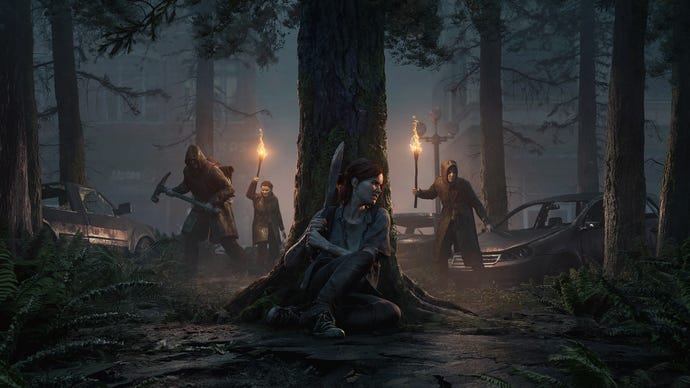








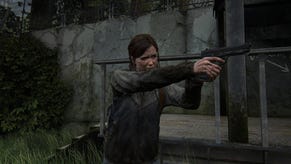

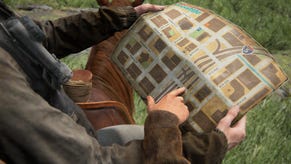
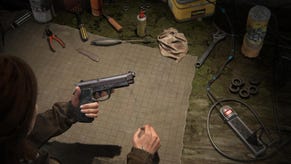
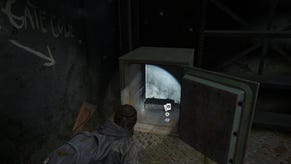




_ddwYK80.png?width=291&height=164&fit=crop&quality=80&format=jpg&auto=webp)



